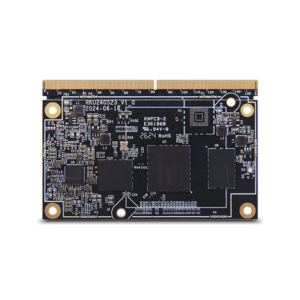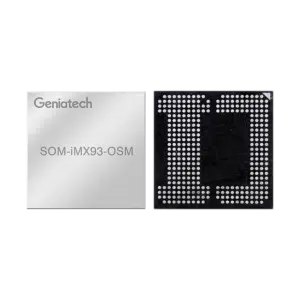Top Applications for Computer on Modules in 2025 and Beyond
Stuck programs have been at the forefront of technical invention, driving everything from medical devices and commercial machinery to gadgets and IoT solutions. However, a game-changing technology is getting their potential to an entirely new level—enter Pc on Segments (CoMs). These lightweight, high-performance computing boards are emerging as a critical solution, streamlining embedded process style and revolutionizing how industries method hardware and computer on modules.

What Are Computer on Adventures? A Pc on Element is essentially a little computer stuck right into a single, compact board. It includes all the standard components of a traditional pc, including a model, storage, power management, and input/output connectivity. But, alternatively of being a standalone system, it's built to seamlessly integrate in to bigger programs via custom provider boards. This modular style allows designers to generate tailored stuck techniques while leveraging a pre-validated processing core, preserving both time and resources. Why CoMs Are Transforming Embedded Techniques 1. Racing Up Time-to-Market One important advantageous asset of CoMs is their power to accelerate product development timelines. Their pre-built and pre-tested patterns allow businesses to focus on customizing the company board to meet certain program needs, rather than developing the foundational research module from scratch. This quick growth design has empowered industries to create services and products to promote quicker, offering corporations an essential aggressive edge. 2. Simplifying Upgrades Traditionally, replacing stuck techniques expected a complete overhaul of equipment components, which may be costly and labor-intensive. CoMs handle this problem by offering modularity. Developers may replace just the module while retaining the carrier table, which makes it considerably easier and more cost-effective to undertake new systems and enhance system performance. 3. Boosting Scalability and Freedom With numerous CoM designs available, from low-power ARM-based adventures to high-performance x86 options, scalability is really a critical feature. Designers can easily adapt a CoM to match a wide spectral range of use instances, from light IoT products to powerful equipment perspective platforms. 4. Streamlining the Prototyping Method Designing prototypes can be resource-heavy, particularly for stuck techniques that want a high degree of accuracy and reliability. CoMs simplify this technique by giving designers a trusted, high-quality base that diminishes the risk of mistakes throughout the first phases of development. Operating Innovation Across Industries Pc on Segments are breathing new life into many different industries. Healthcare tools are getting more compact and effective, commercial automation is encountering unparalleled precision, and IoT programs are becoming smarter and more scalable. CoMs are not just revolutionizing stuck systems—they are paving the way in which for a future explained by modularity, flexibility, and quick innovation. As CoMs carry on gaining grip, a very important factor is clear—they're rewriting the rules of embedded techniques design and surrounding another wave of scientific breakthroughs. From little startups to worldwide corporations, businesses across industries are enjoying this effective engineering and operating invention forward. The ongoing future of stuck techniques hasn't appeared brighter. # Growing the Impact of CoMs in Various Applications

CoMs are not only limited by old-fashioned stuck process programs; their potential is great and diverse. As more industries identify the advantages of CoMs, they're being incorporated right into a wide selection of purposes, from intelligent properties and wearable units to autonomous cars and sophisticated robotics. These compact computing adventures have opened up new possibilities for creativity, permitting designers to push the boundaries of what was formerly thought possible.